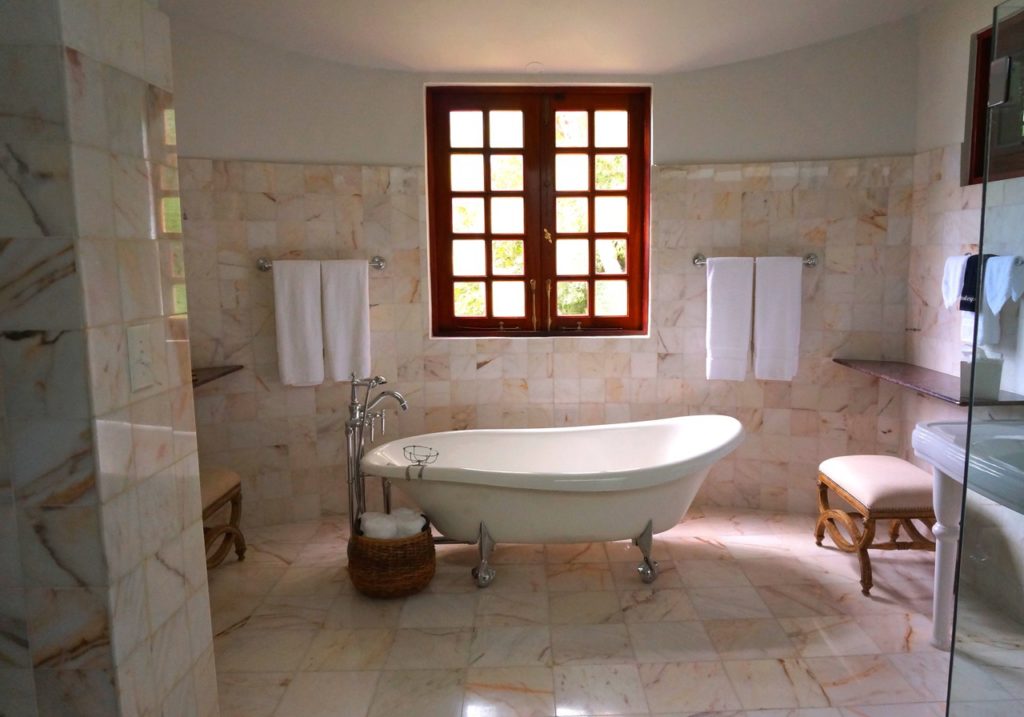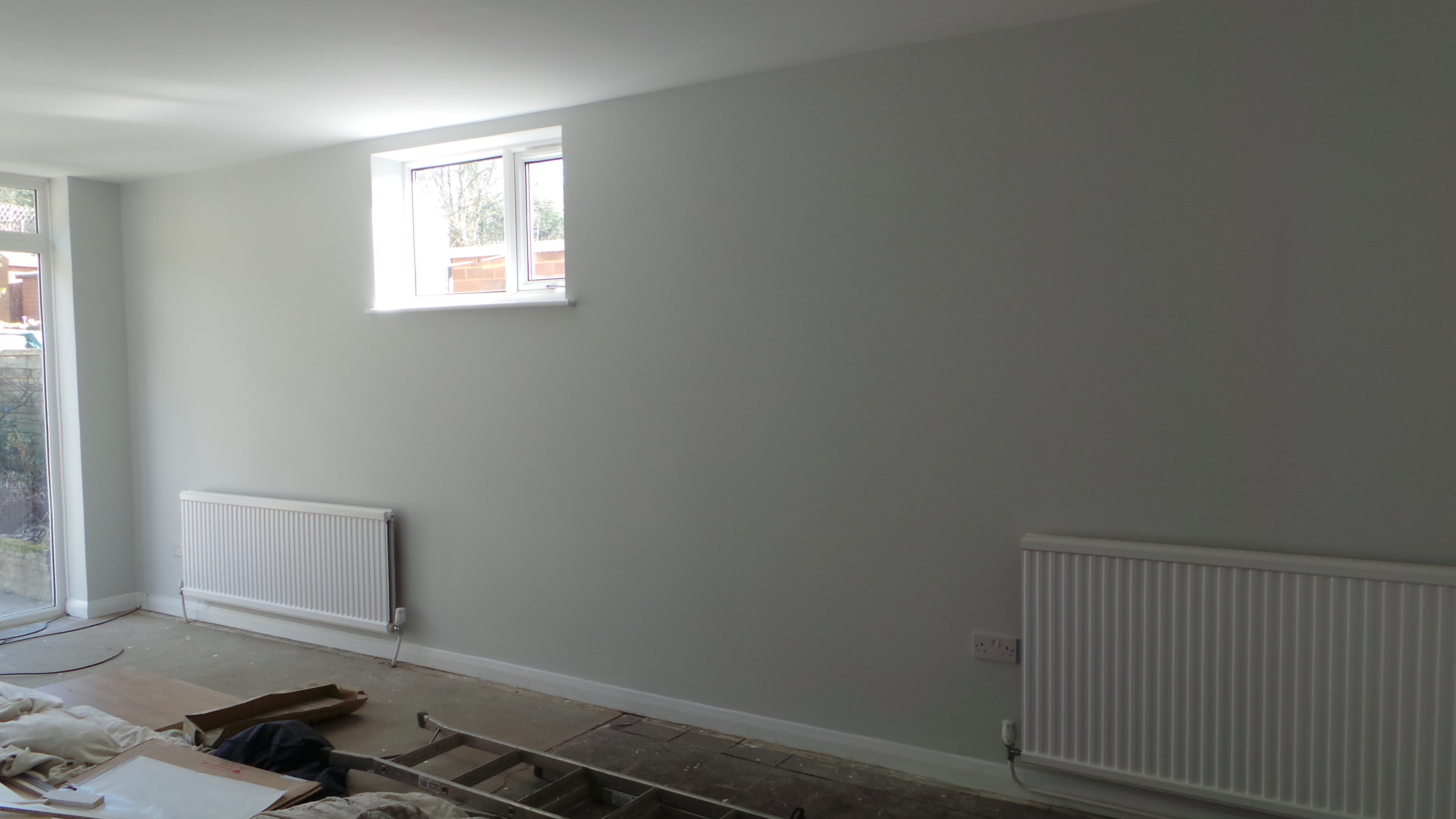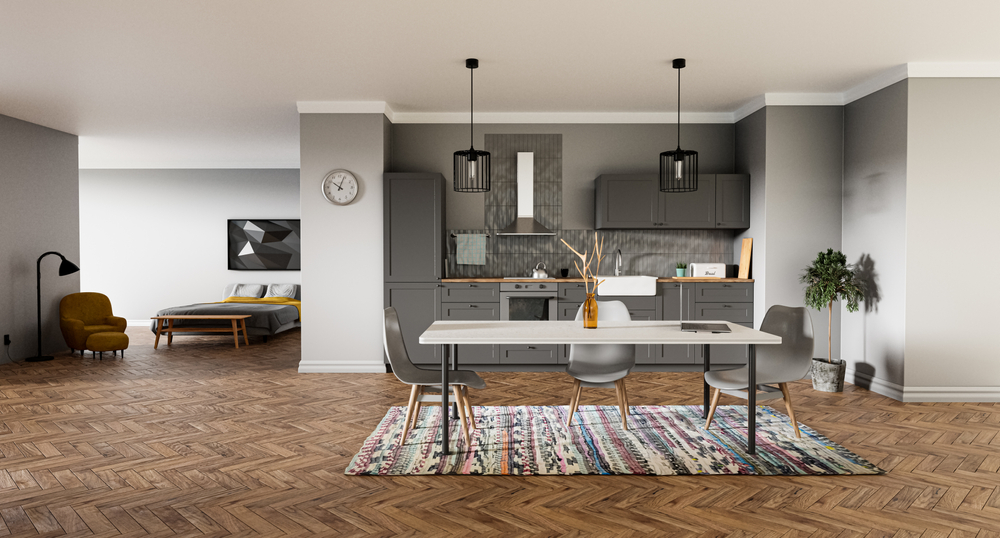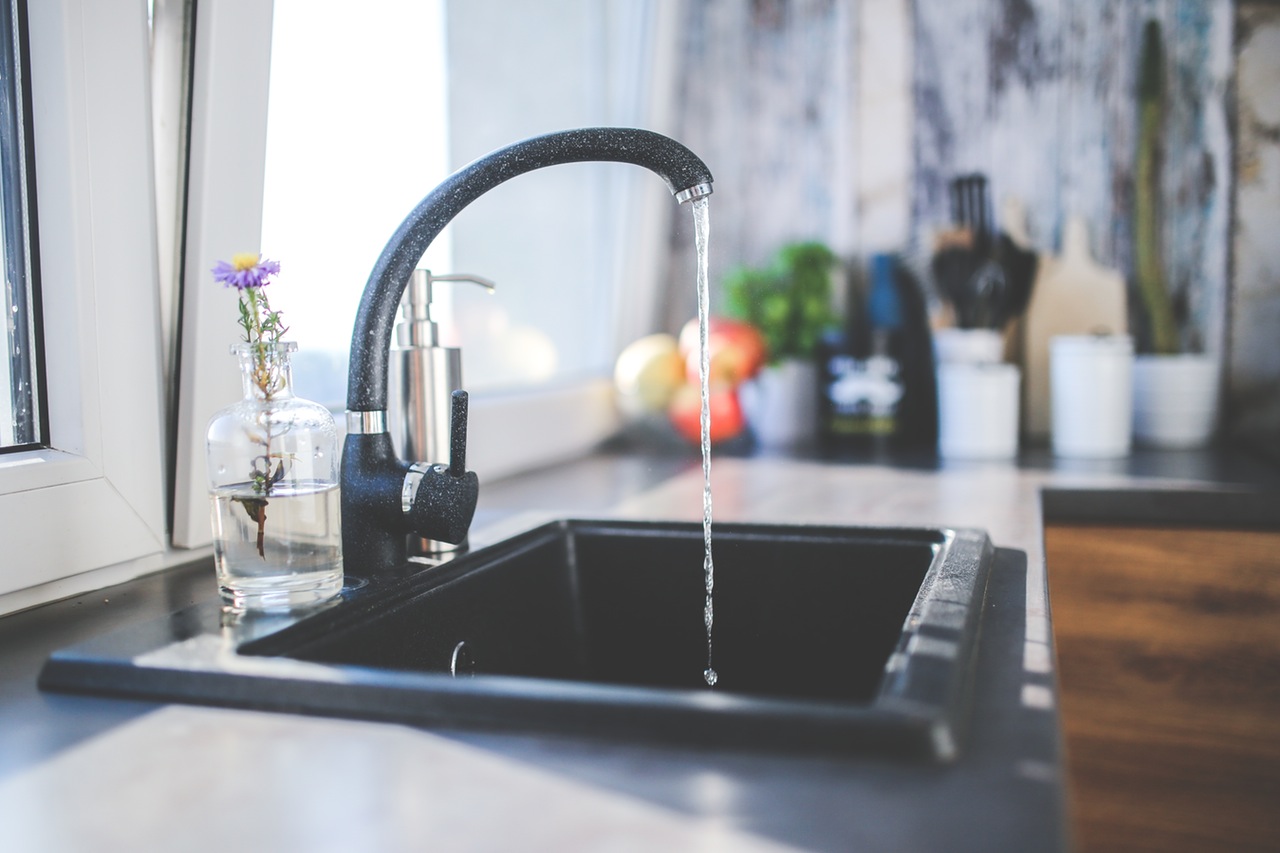Adapting a bathroom for an older person
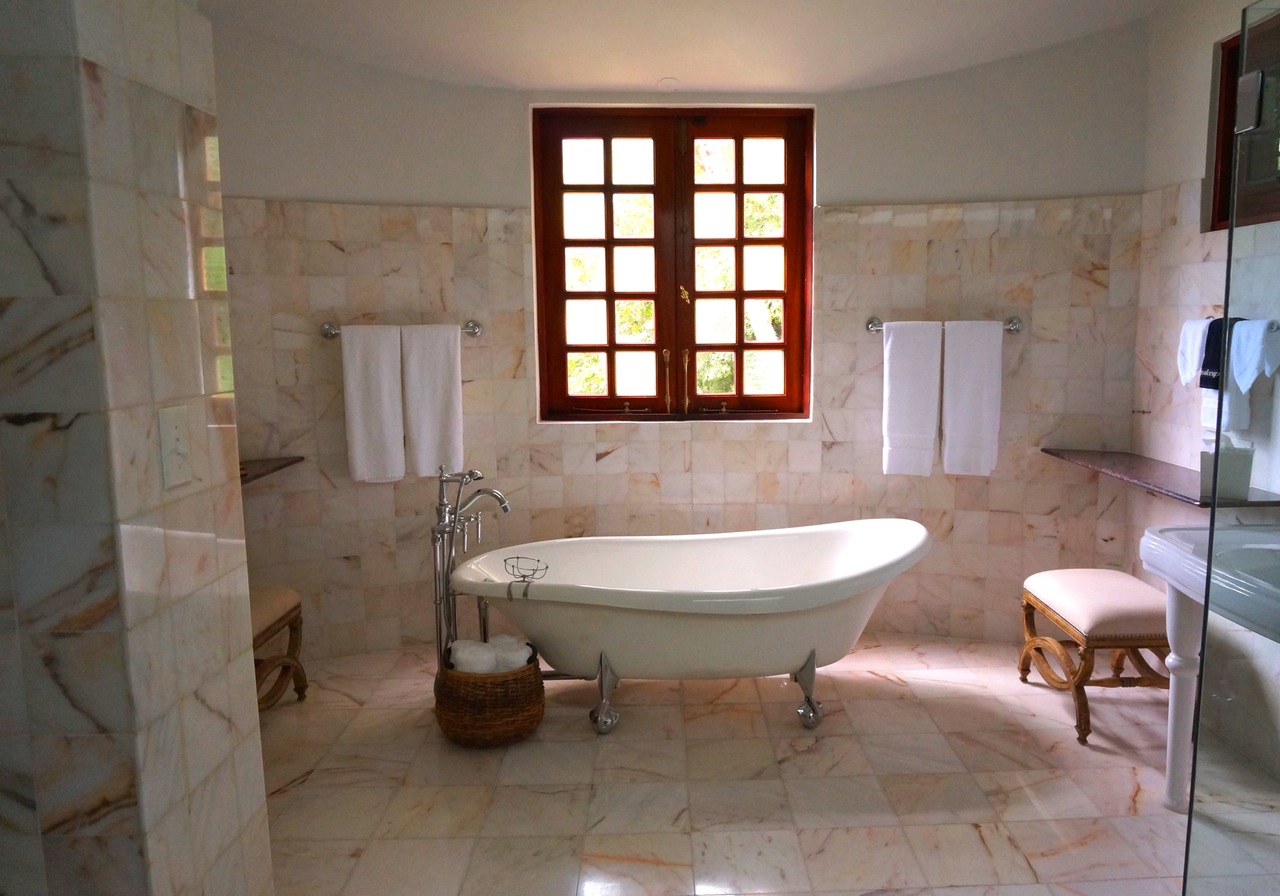
You might remember that I recently mentioned that my Grandfather will soon be moving into a lovely new home which is closer to the family in order for us to keep an eye on him and make sure he is safe having had a few incidents recently which saw him being stranded on the floor or in the garden. The new house has a kitchen, a large lounge and a reasonably sized toilet downstairs while upstairs there are 2 bedrooms and a family bathroom.
Loss of mobility and balance can make it increasingly difficult to wash and bathe and unfortunately my Grandfather has trouble with his knees so we are having to plan to adapt the bathroom as it currently is not very accessible for someone who is unable to step over the rim of a bath. We have been doing some research into the matter and these are some top tips for adapting a bathroom for an older person.
A walk-in shower
A simple solution for anyone who has trouble using a regular shower is to install a walk-in shower which can be used standing or sitting with some models coming with a foldable wooden or padded shower seat for added safety and comfort. There are options for wider showers for wheelchair or mobility aid users with extra space making the shower carer accessible. Bathing Solutions suggests using an ultra-low tray which makes getting in and out, safe and secure especially when grab rails are used. Walk-in showers come in a wide range of styles including bath replacement, corner and compact showers making it easy to find the right option to fit in any bathroom.
A walk-in bath
It is possible to still have a bath with limited mobility with walk in baths which offer an option for those who are unable to step over the rim of a bath. Walk in baths come with inbuilt doors on either side or even at the end which removes the problem of stepping into the bath. It is still possible to use an overhead shower and incorporate a traditional shower curtain. Walk in baths can come in full length or more compact sit-in models to help if the user is unable to lie back fully. Some models offer additional features such as spa jets, relaxing colour or a heated seat to make the bathing experience a bit special!
Bath lift
Rather than removing or replacing the current bath it is possible to install an electric bath lift which makes it easier for people with limited mobility to get in and out of the bath. Bath lifts are usually made up of a seat or platform designed to support the user as it lowers or raises them for bathing. It is possible to find baths which have this function built in. If you’re looking for something simple to help by removing the issue of having to climb over the side of a bath a lift might be the option so there’s no reason why an older person can’t enjoy a warm and relaxing bath
Wet Room
For unobstructed movement in and out of a bathroom it’s worth considering converting it into a wet room where a drain is placed in the floor, removing all step hazards, and the shower can be used freely without barriers enabling the user to stand or sit – whatever is most comfortable, and is perfect for wheelchair or mobility aid users. It’s best to use slip-resistant floor tiling in a wet room and these come in a number of colours and even mosaic designs to make it an attractive as well as functional space.
Flood detectors
Age UK, who offer help, information and advice for older people and their relatives, suggests that if leaving the taps running is a worry it might be worth looking into installing special safety plugs which only allows the water to reach a certain level. It is also possible to add a flood detector to a bathroom which will alert a monitoring centre if water from the bath or sink starts to overflow. Age UK has a great guide on adapting the home, check it out here.
